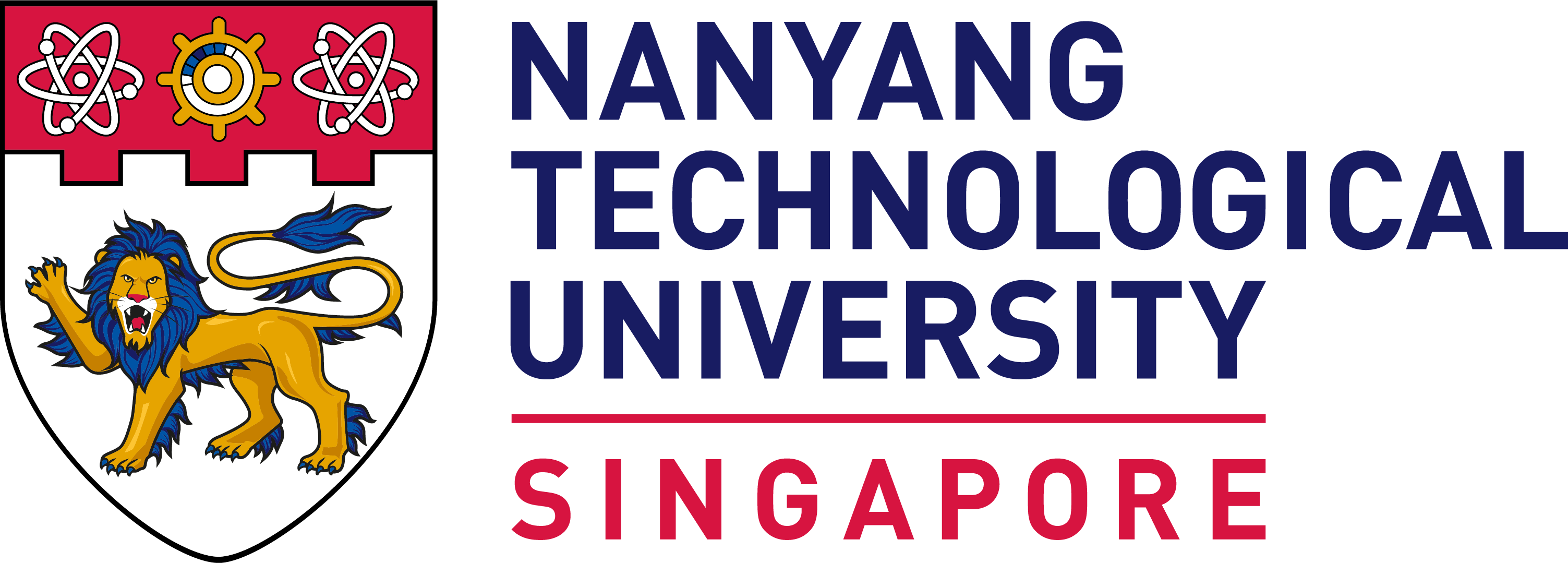Catalyst Discovery for Metal-free, Photoredox CO2 Reduction

Abstract
Our goal is to identify sustainable, light-driven routes for CO2 utilization. Prior experiments show that upon activation by light and subsequent reduction, a simple organic chromophore, p-terphenyl, can reduce and transform CO2 into valuable molecules such as amino acids. These photoredox reactions are attractive because organic chromophores are metal-free and can access highly reactive states upon excitation and quenching that are otherwise energy-intensive. However, the steps of the photoredox cycle and the reasons for the low turnover numbers of these catalysts are poorly understood. My group uses state-of-the-art quantum chemistry methods and automated workflows to delineate mechanisms of steps constituting the catalytic cycle and leverage these insights to drive the discovery of viable chromophores.
We demonstrated that the electron transfer (ET) step from the p-terphenyl radical anion to CO2 is adiabatic and that ET barriers are lower when electron-donating groups are substituted at the p-terminal positions of the catalyst. While ET rates are higher for o- and m- isomers, they also exhibit faster degradation via carboxylation. To probe degradation pathways from the excited state, we established a protocol for calculating and characterizing excited-state donor-acceptor charge transfer complexes, or exciplexes. Furthermore, we constructed a first-of-its-kind benchmark database to identify the theoretical methods that provide physically meaningful descriptions of these excited-state quenching processes.
We are also taking our first steps toward driving the discovery of new chromophores by implementing a genetic algorithm (GA) whose fitness function factors in both catalyst activity and degradation resistance through simple descriptors obtained from routine DFT calculations. The GA yields several candidates that are, in theory, more viable than experimentally studied terphenyls. Ongoing and future studies include working with experimental groups to validate and improve the GA, probing other degradation pathways (e.g., Birch reduction), understanding the role played by the solvent in the catalytic cycle, and incorporating solvent contribution to our discovery protocol.
Biography
Prof. Shaama Mallikarjun Sharada is an Associate Professor in the Mork Family Department of Chemical Engineering and Materials Science and Associate Professor (by Courtesy) in the Department of Chemistry at the University of Southern California. She is interested in developing and applying computational chemistry tools for catalysis and sustainability. Her group is developing efficient algorithms, inspired from recent advances in signal processing, to make sophisticated rate theories more tractable for catalysis. Her group is working towards generating operando descriptions of catalytic reactions by simulating the dynamical evolution of active sites and reaction intermediates in emerging atom-efficient catalysts. The group is also establishing in silico frameworks for catalyst design and discovery for light-driven utilization of carbon dioxide.
Prof. Sharada received her bachelor’s and master’s degrees in chemical engineering from the Indian Institute of Technology, Bombay (India), where she was awarded the Institute Gold Medal. She received her Ph.D. in Chemical Engineering from the University of California at Berkeley for developing efficient reaction path search algorithms for catalysis. As a postdoctoral researcher at Stanford University, her work spanned the development of machine learning density functionals and surface chemistry benchmarking databases. She is a recipient of the 2023 Sloan Research Fellowship in Chemistry, 2022 inaugural Chevron Research Innovation Award (USC), and the 2020 ACS Petroleum Research Fund Doctoral New Investigator Award. She is also a Fellow of the Scialog Negative Emissions Science initiative.

